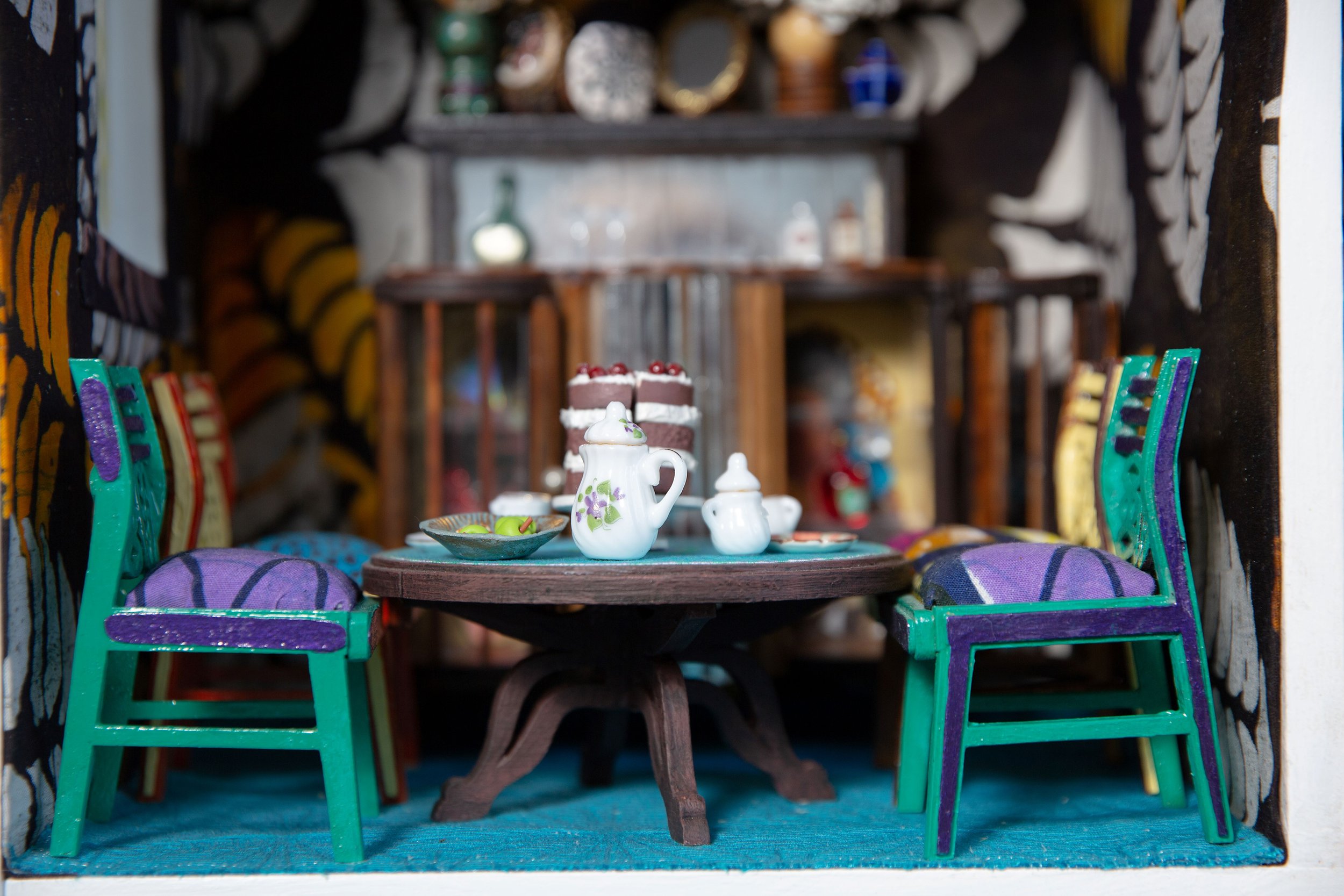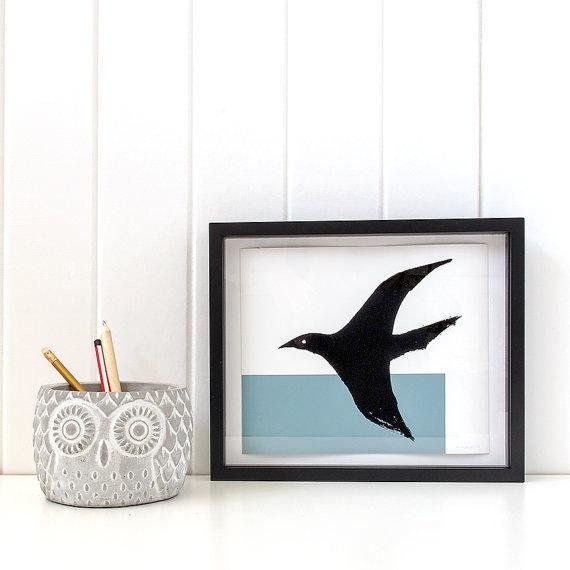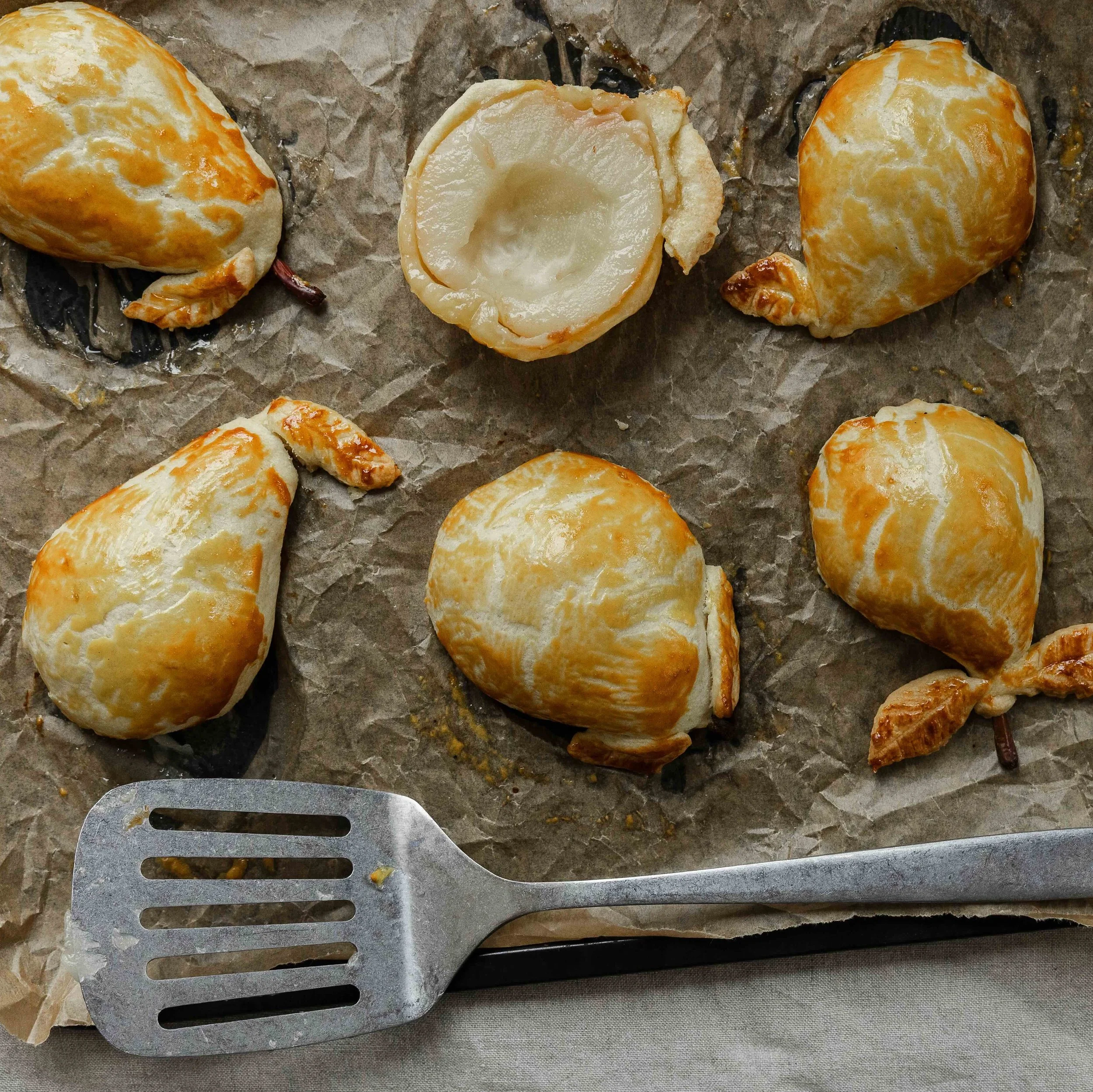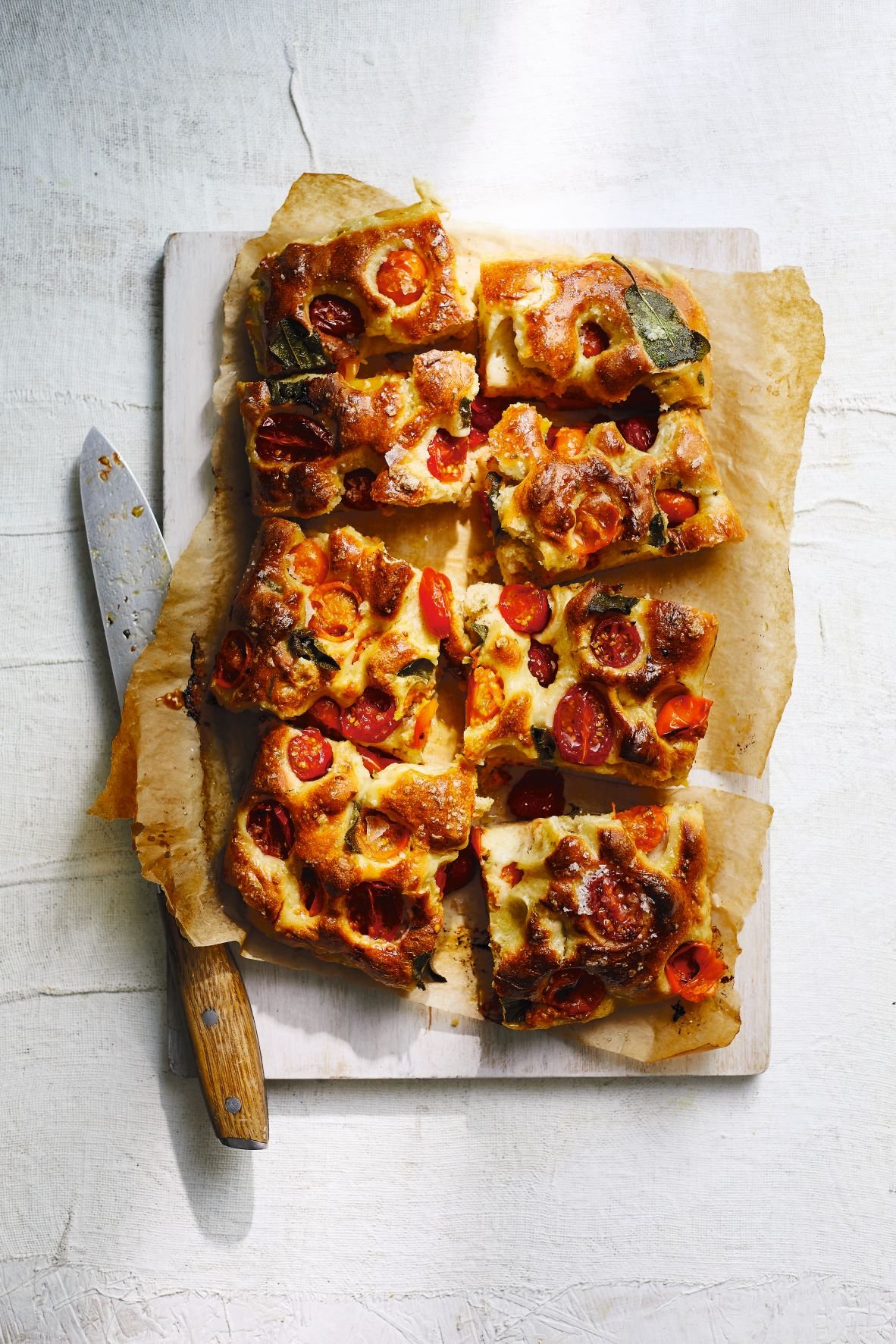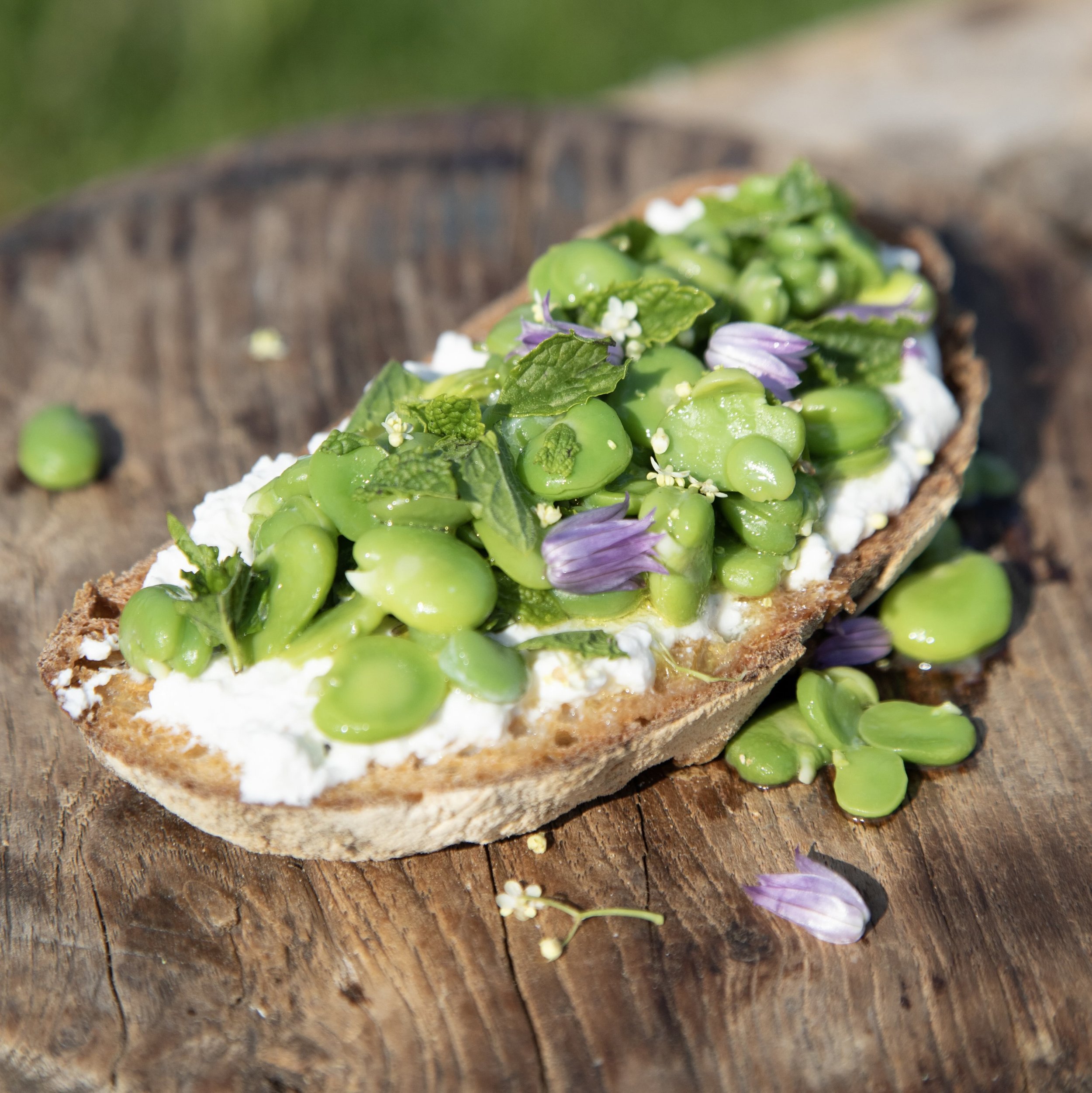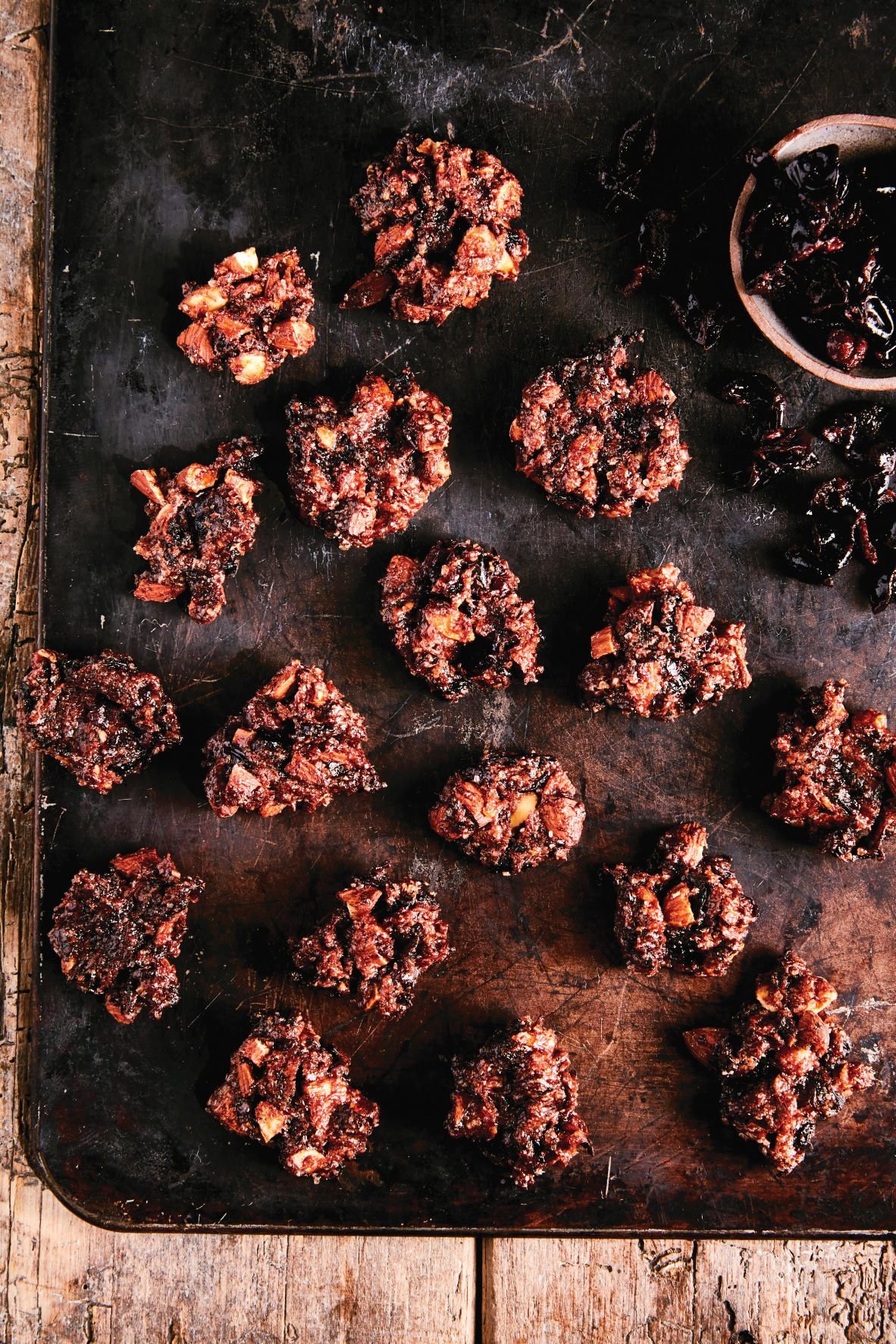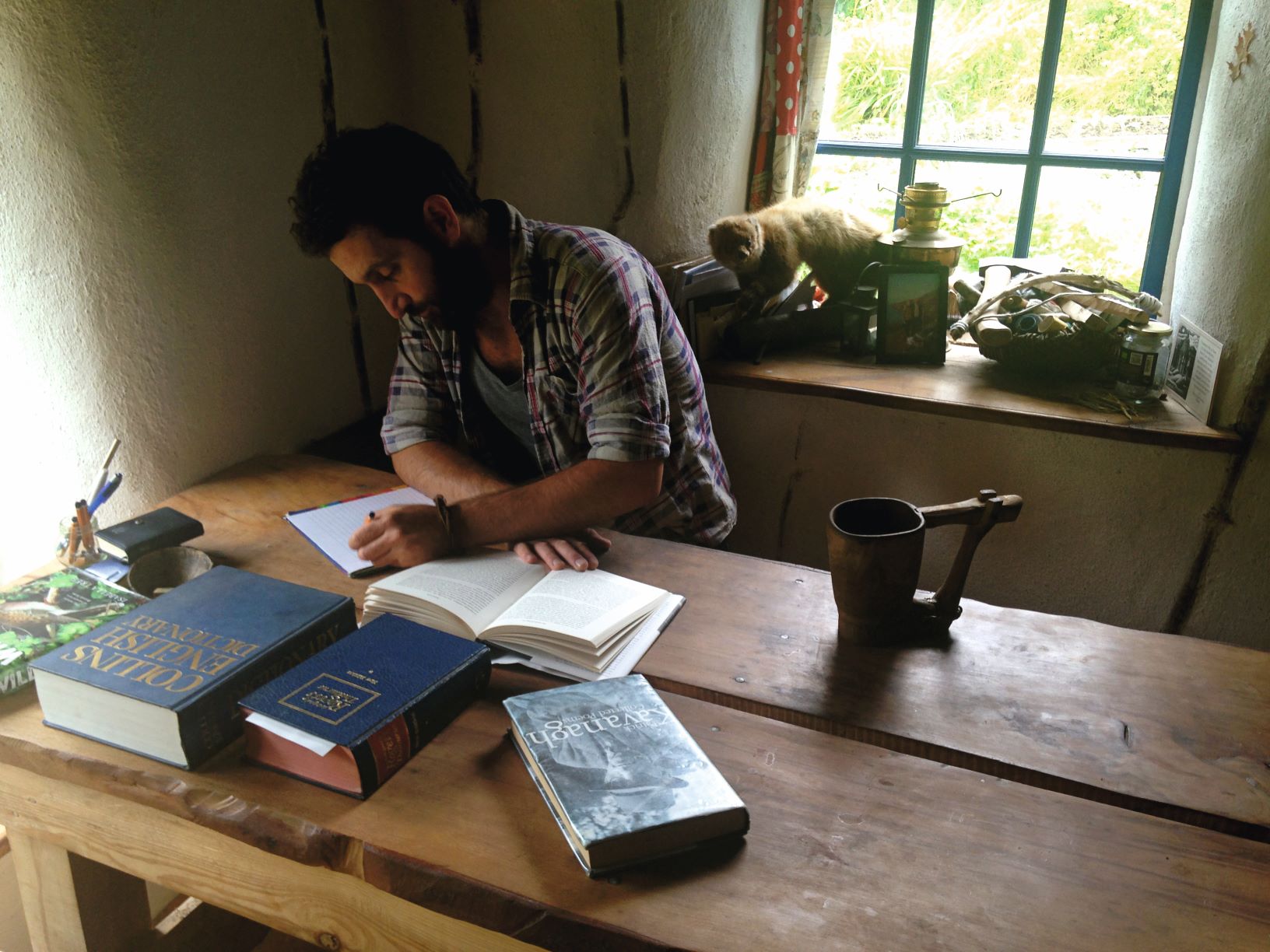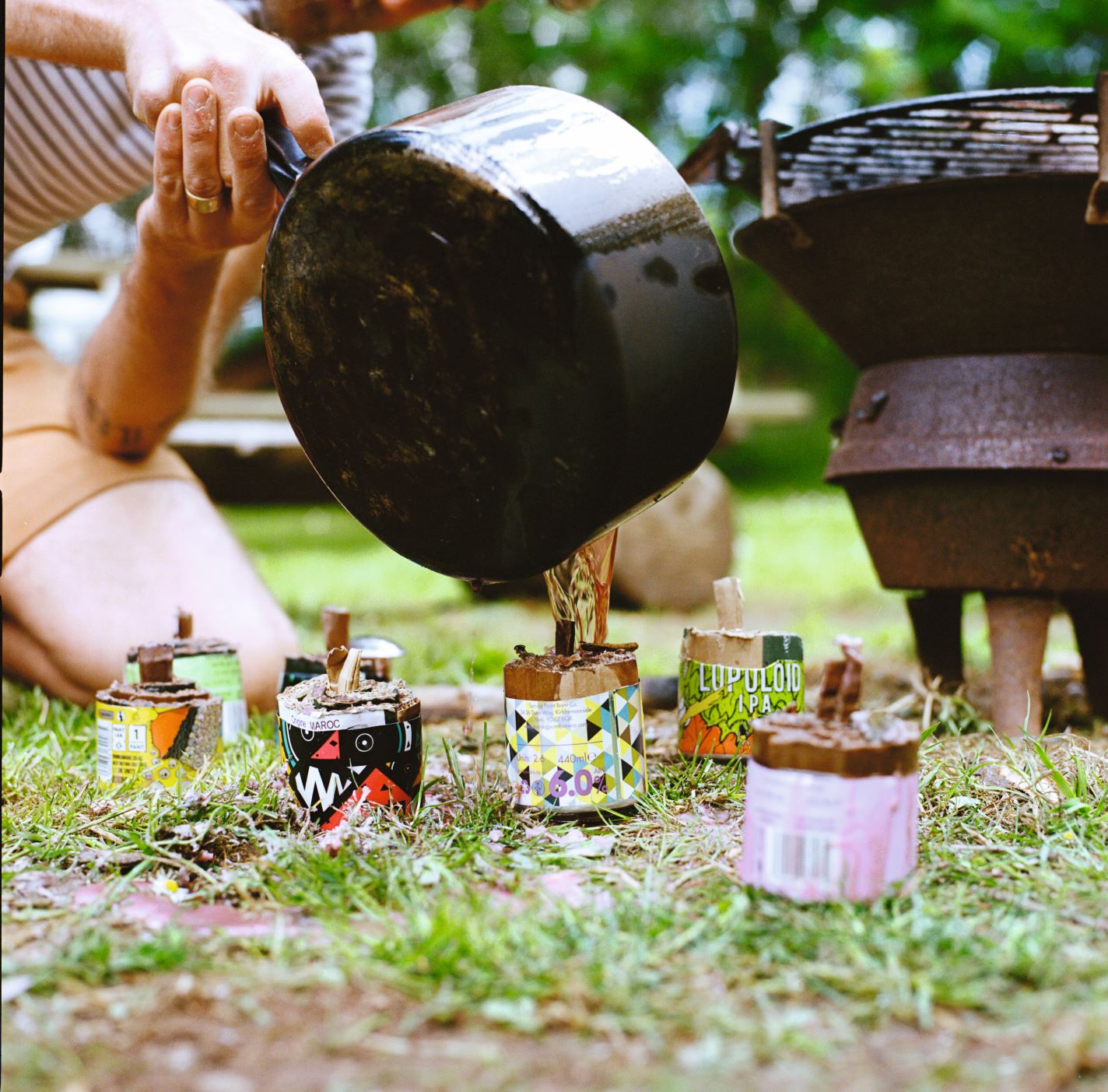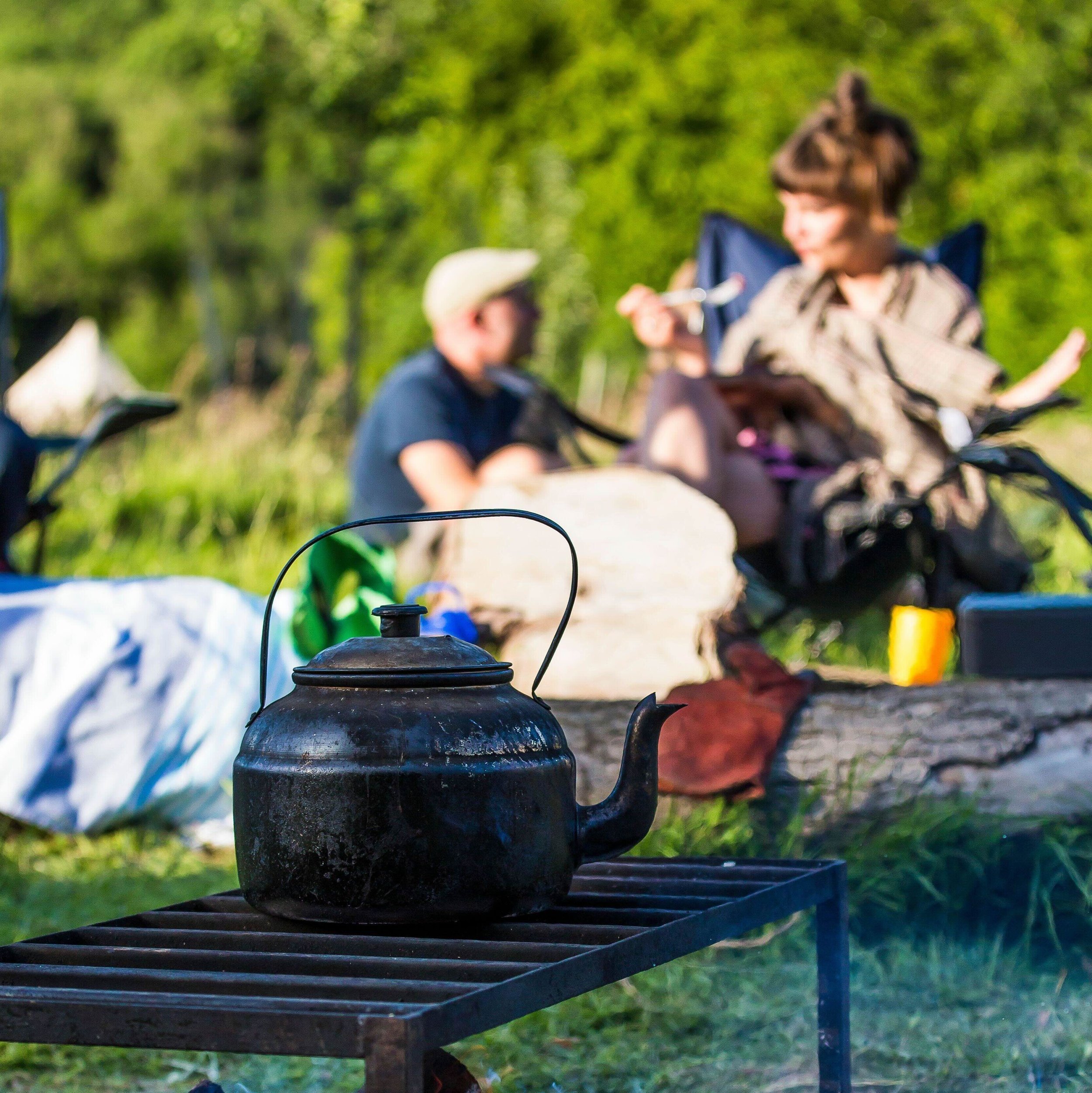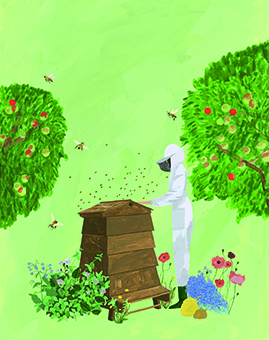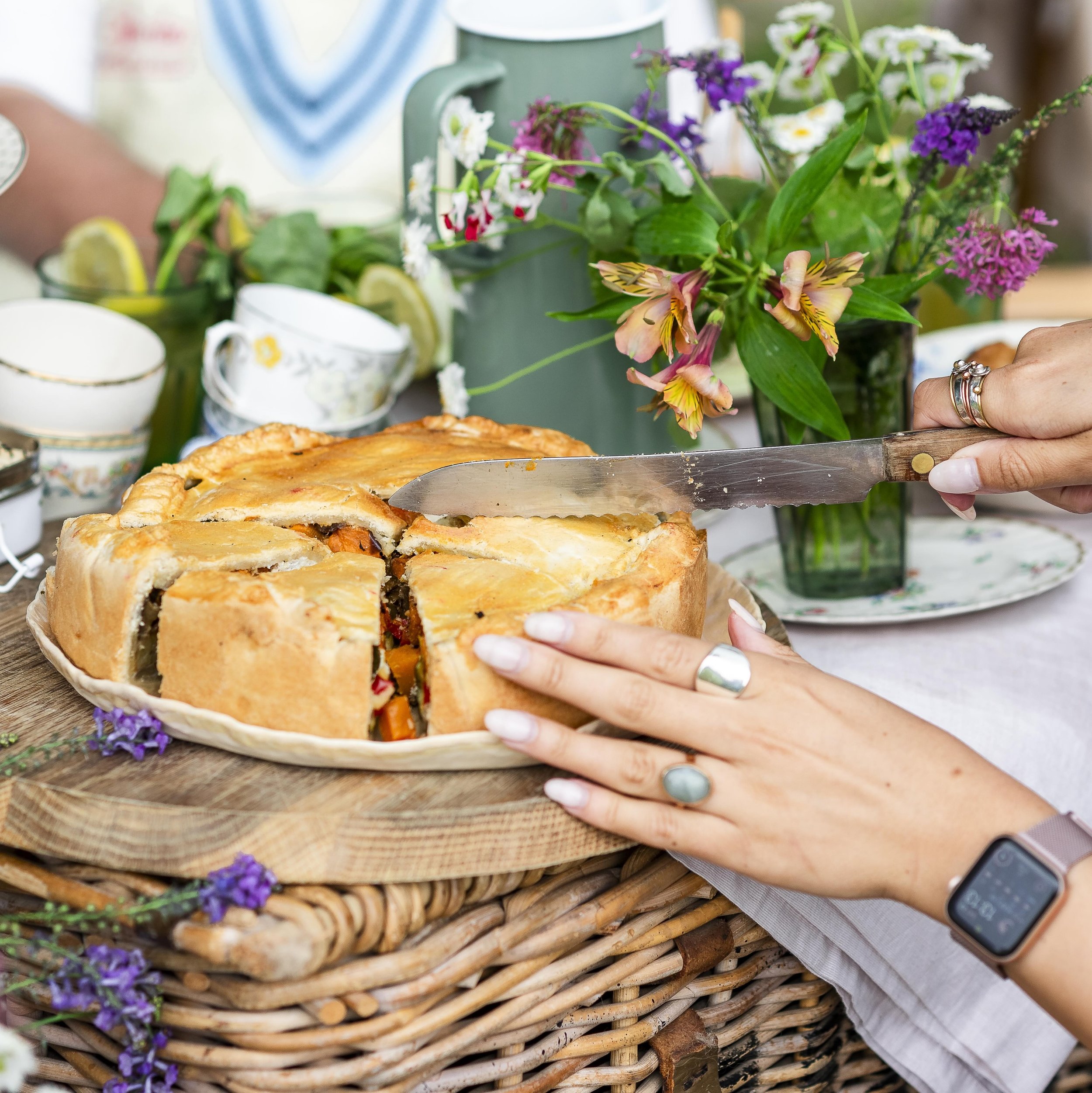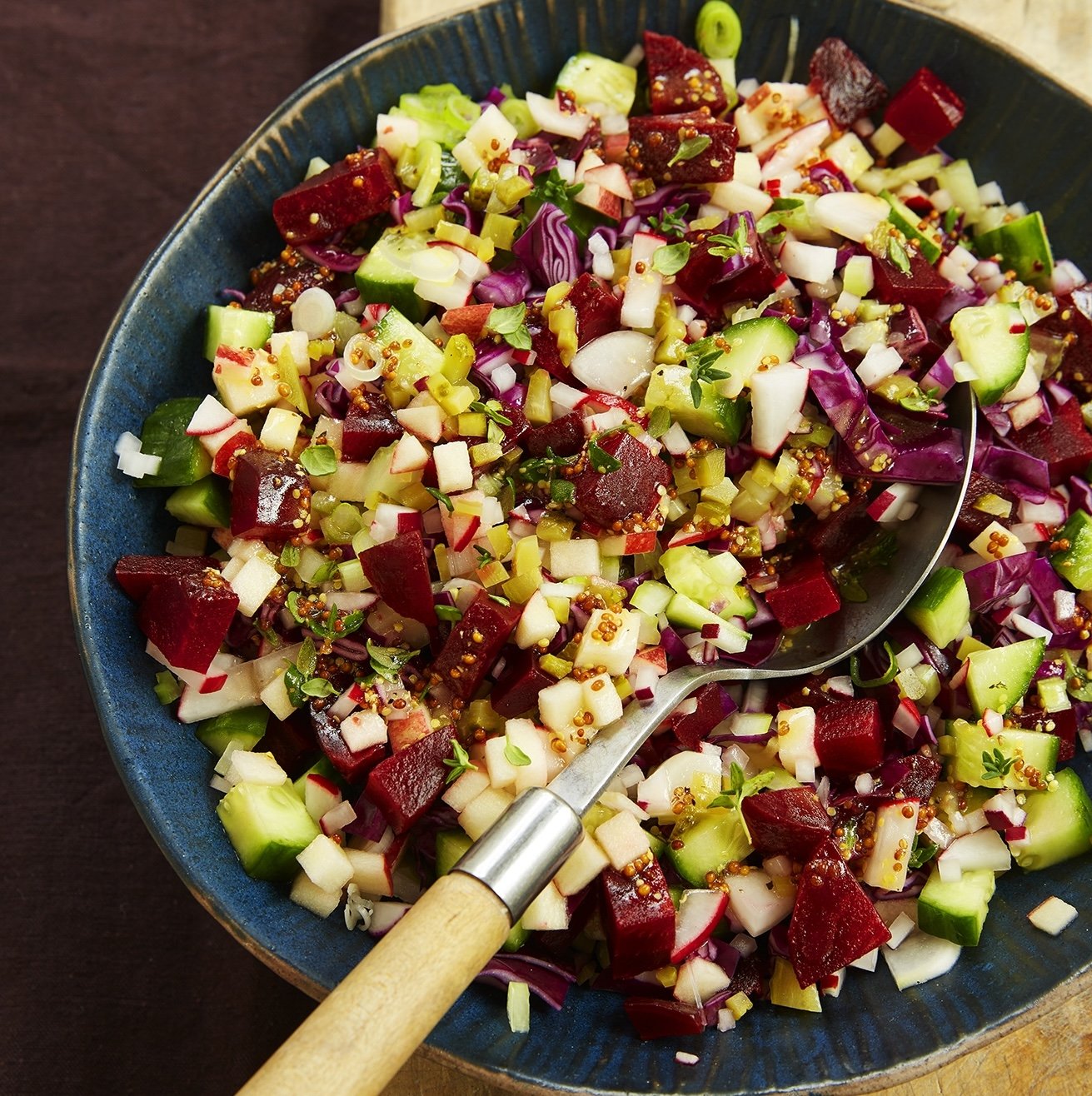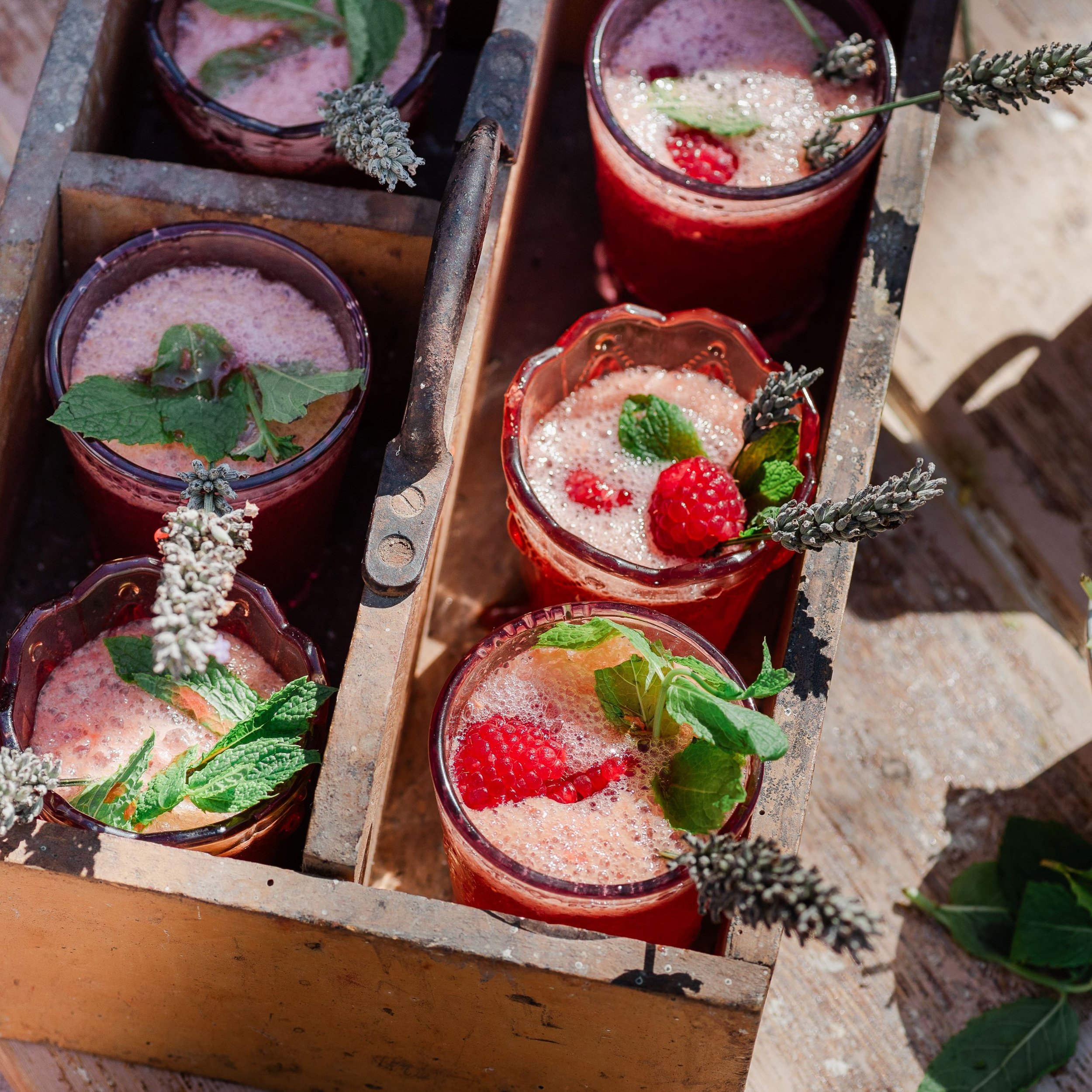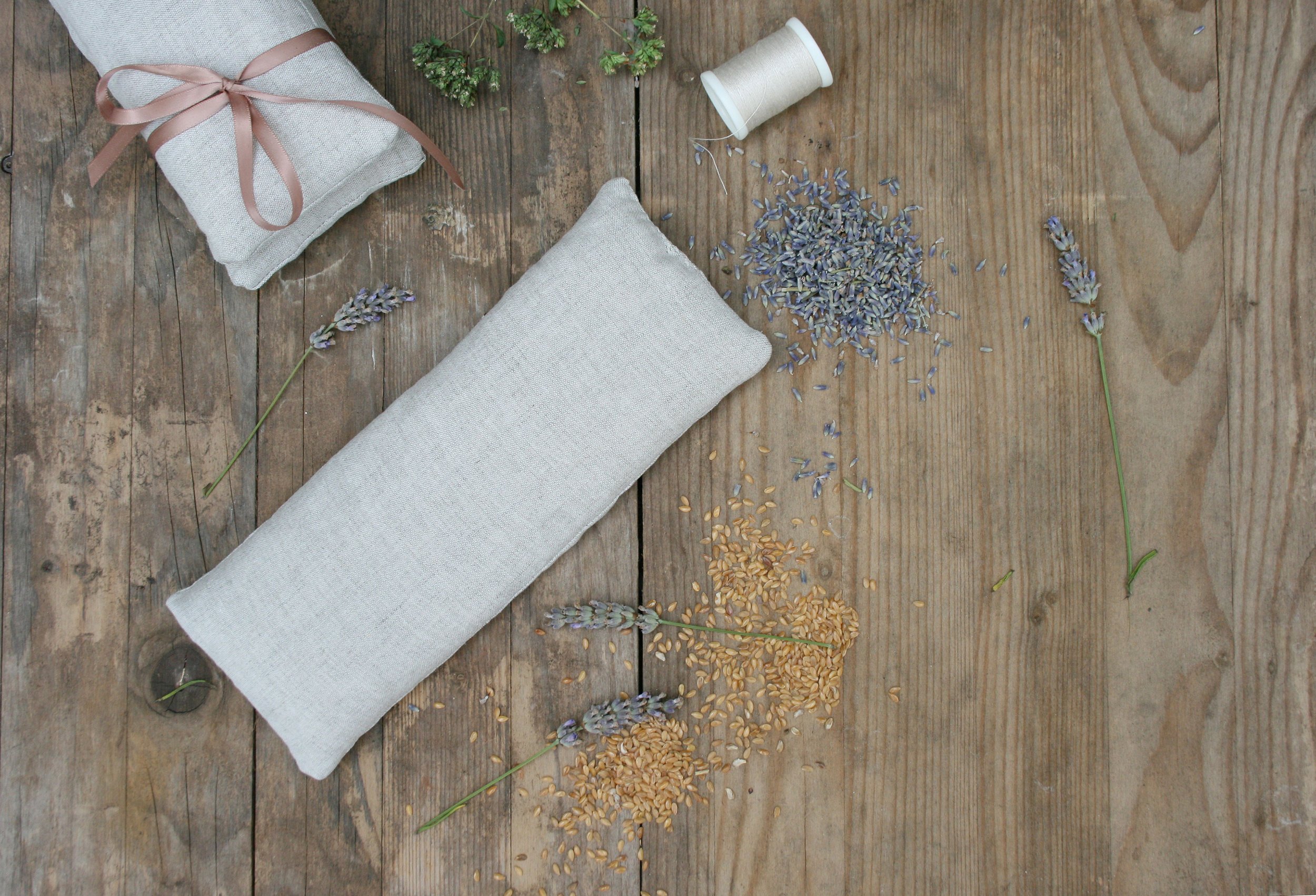Stay together, ladies and gents! We’re off on a tour of some of Britain’s best kept cathedral secrets
We’re so lucky to have some of the world’s best cathedrals on our doorsteps. Almost every town in Britain has a cathedral within striking distance and nearly all have their own peculiarities and curiosities to explore, from secret passages and underground tunnels to irreverent carvings and ancient graffiti. Here are a few to look out for to get you started next time you’re exploring a cathedral near you...
At Westminster Cathedral, make your way to the Henry VII chapel where you can see a statue of St Wilgefortis, a female saint best known for her flowing beard. Not something you see every day. It’s said that St Wilgefortis prayed for God to make her unattractive to her husband, and, overnight, she grew the luxuriant beard.
The strong of stomach will be fascinated by the West facade of Lincoln Cathedral. The building is best known for its carvings of the Lincoln Imp but look up at its Western exterior and there are some altogether more impish goings on to be seen… Among them fornicators being punished by having their, ahem, fornicatory equipment eaten by wyverns, and devils torturing sinners by pulling their hair. Ouch!
Look up, but with caution in the cloisters of Norwich Cathedral, where there are hundreds of beautifully carved bosses on the ceiling - including one of a naked man defecating on the people below.
Sneak a peek under the seats in the choir stalls of Wells Cathedral and you’ll find dragons eating their own tails.
At St Magnus’ Cathedral in Kirkwall, Orkney, 12th century graffiti artists have been at work. Have a look at the pillars in the interior of the building and you may spot waves, boats, harpoons and fish hooks.
Have a careful look at the stained glass in Gloucester Cathedral. A window that dates back to 1350 depicts the earliest image of golf! Thankfully, 14th century golfers hadn’t yet discovered Pringle sweaters or lairy trousers, which might have proved too much for the stained glass artists.
We were inspired to seek out these cathedral secrets after we read Walkie Talkie, our ‘outings’ feature in our September issue on how to get the most out of walking tours. Before you fill your Thermos and don your rucksack, pop to the shops and buy a copy of September’s’Begin’ issue for more inspiration.
Get hold of your copy of this month's The Simple Things - buy, download or subscribe





